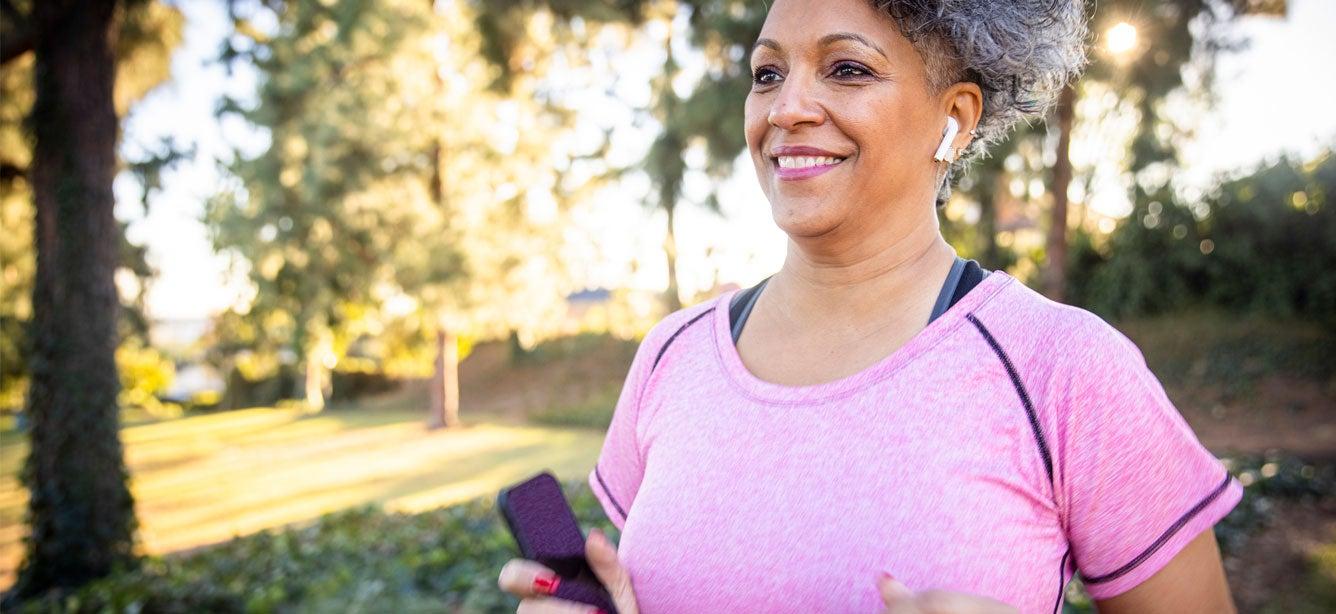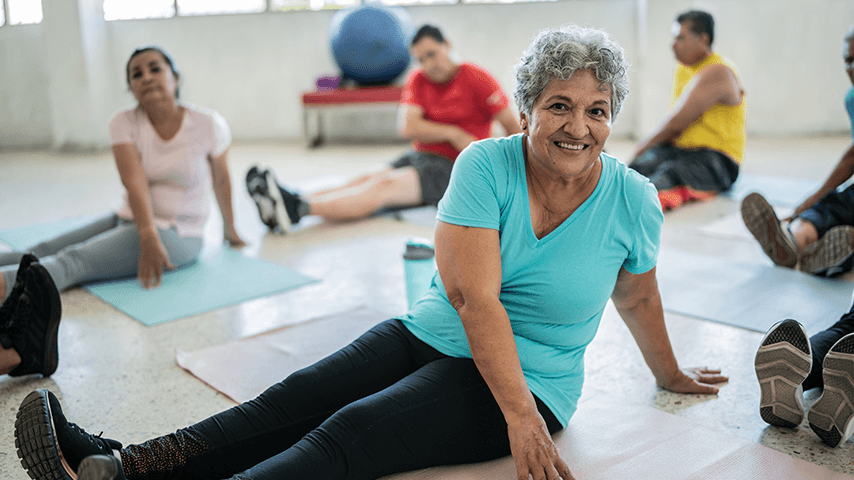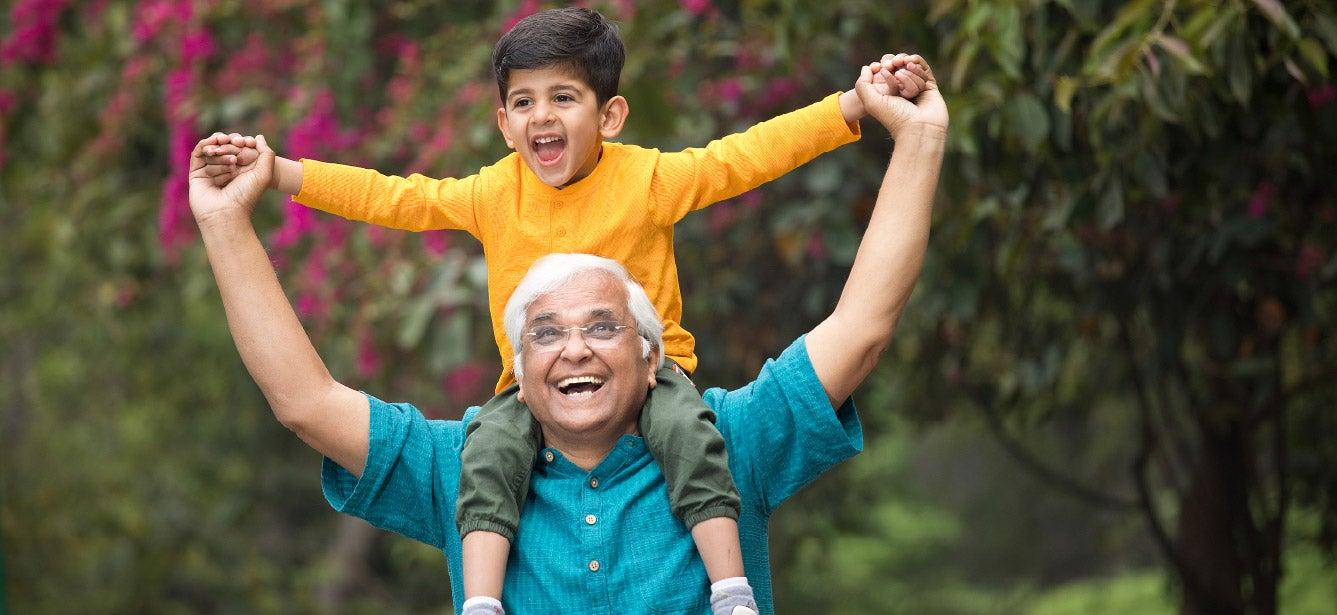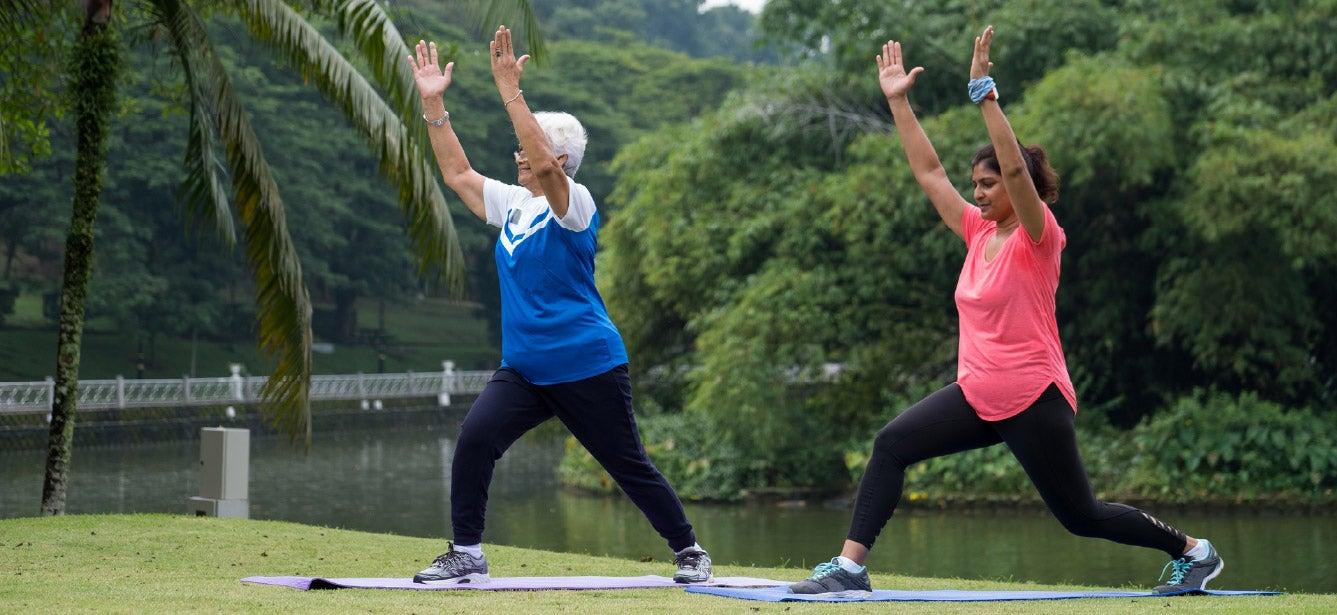
Related Topics
Regular exercise is good for all of us. And according to the Centers for Disease Control and Prevention (CDC), exercise can help older men and women—even those with arthritis and other chronic medical conditions—prevent or delay the onset of health problems. Physical activity can help improve your mood, energy levels, and self-confidence—and that's just the tip of the iceberg. Cardiovascular and strength exercises for older adults can also prevent bone loss, relieve arthritis pain, and boost immunity and heart health. It may even reduce the risk of falls by enhancing balance and coordination.
Sometimes, though, mustering the motivation to work out isn’t easy. When you’re busy, tired, or struggling with aches and pains, exercise may be the last thing you want to do. Read on for some tips that will help get you moving.
How to overcome lack of motivation to exercise
1. MAKE IT FUN. Do you find treadmills boring? No motivation to work out at home in front of the TV? A big part of sticking to any exercise regimen is doing activities you enjoy, whether indoors or outside. Variety will help keep burnout from setting in, so don’t forget to change up your routine. Aim for a new adventure or experience every week. Here are some ideas to get you started:
- When playing golf, skip the cart and walk instead.
- Take a Zumba class at your local community or senior center
- Walk a local nature trail and take photos.
- Sign up for a dance class (you don’t even need a partner!).
- Stroll around the mall and check out the window displays.
- Schedule a weekly tennis date with a good friend.
- Take your dog (or a friend’s dog) for a long walk.
- Go swimming—it’s one of the best exercises for older adults.
- Ride your bike around your neighborhood or a local bike trail.
2. MAKE IT SOCIAL. A 2018 study found that people who routinely walked with companions were more likely to stick with it compared to people who walked alone. Exercising with a partner or group is not only enjoyable; it can help you stay accountable. For example, if you’re having trouble finding motivation to exercise when tired, knowing a friend is counting on you will help give you a boost.
The COVID-19 pandemic inspired many gyms and fitness studios to offer live-streaming and on-demand virtual classes. If you’re homebound or if the weather is unfavorable, set up virtual fitness dates with friends to help keep you on track.
Are you a social media user? Make your new commitment to fitness known by posting about your goal or your latest workout. Knowing that others are cheering you on can be enough to ignite your motivation—and you may even inspire family and friends to follow in your footsteps.
3. ENVISION A STRONGER, HEALTHIER YOU. Sometimes all it takes to overcome a lack of motivation is picturing the payoff in your mind. Called visualization, this basic yet powerful technique can help you harness your inner drive. In other words, think it—and you can achieve it. Imagine yourself dancing the night away at an upcoming wedding or being able to lift and snuggle your grandchildren. Set your sights on a stronger, more vibrant you.
4. SET ATTAINABLE GOALS. Going from no exercise to exercising for 30 minutes a day can feel overwhelming for some. That’s why it’s a good idea to create smaller, realistic goals for yourself. And be specific about what you want to accomplish. For instance, vow to take the stairs instead of the elevator or escalator anywhere you go during the week. Pick the furthest parking spot at the store instead of the closest. Pledge to take a 10-minute walk every day after lunch. In a couple of weeks, increase it to 15 minutes. Start small, and then expand your goals as your confidence and fitness level grow.
5. TRACK YOUR PROGRESS. Log the details of your exercise sessions in a journal or use a fitness tracking app or pedometer/steps tracker. Research has linked wearable fitness trackers with significant increases in activity levels. Logging your exercise activity can help you monitor your progress over time and see how far you've come. You can even build in rewards for milestones achieved. For example, if you reach 10,000 steps daily for an entire week, treat yourself to something you enjoy—such as a hot bath, new shoes, or that new bestseller you've been dying to read.
As weage, exercising regularly is one of the most important things we can do to look and feel younger and stay active for longer. It’s a worthwhile investment. Whenever you’re wondering how to overcome a lack of motivation to exercise, revisit the five tips above. These simple steps can help encourage you to dust off those sneakers and get outside. Learn more about the best exercises for older adults.
This project was supported, in part by grant number 90CSSG0048 from the U.S. Administration for Community Living, Department of Health and Human Services, Washington, D.C. 20201. Grantees undertaking projects under government sponsorship are encouraged to express freely their findings and conclusions. Points of view or opinions do not, therefore, necessarily represent official Administration for Community Living policy.




